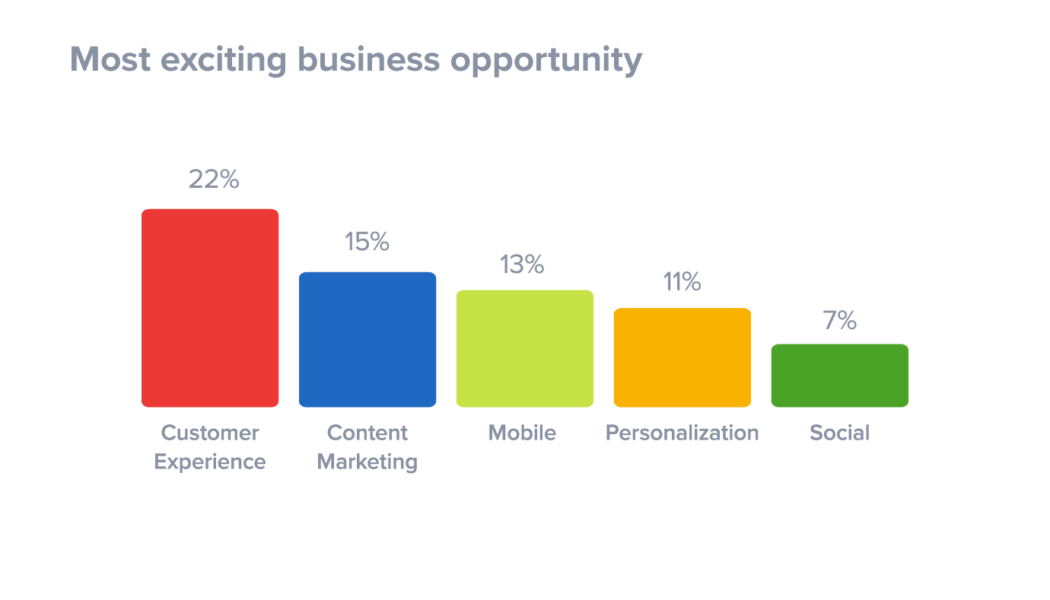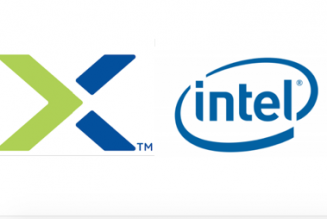According to IDC, the manufacturing industry’s global ICT spend will reach $459-billion by 2022.
To be successful, businesses must persuade customers that they provide something unique and superior to their competitors. A differentiated customer experience is the top strategic business objective of worldwide companies.
Customer experience (CX) refers to the whole process of interaction between a client and an organisation with which it has a relationship.
CX is evolving as customisation gives way to scaled empathy. Manufacturers are the backbone of any economy, and in order to flourish, manufacturers must adopt a customer-centric strategy that places customers at the core of their business.
In order to succeed, companies must convince their clients that they can deliver something different and more valuable than their competitors. Customer experiences are increasingly replacing products and product features as the major differentiators in today’s market.
Companies are now deploying both existing and emerging technologies along with innovation accelerators to provide customers with a differentiated experience.
Here are 4 things manufacturers can do to deliver an excellent customer experience:
1. Customers should be at the centre of your business
Manufacturers are increasingly being called upon to integrate customer-centricity into all aspects of the product, customer, and service life cycles.
Customer experience is no longer the responsibility of just the marketing and sales department. Supplier relations, product management, quality control, and service management are all stewards of ensuring a consistent customer experience across all touchpoints and activities.
As a result, manufacturers must invest in technology that promotes customer-centricity across the board. As manufacturers seek new impactful and meaningful ways to engage with customers, technology remains at the centre of most CX initiatives.
More businesses are approaching consumer engagement through an omnichannel experience.
IDC defines omnichannel as an infinite combination of interactive experiences between digitally-enabled manufacturers and their customers, partners, employees, and “things” that are transforming the way people communicate with each other and with the products and services that are increasingly created to meet unique and individualised demand.
2. Build connected ecosystems
Companies are investing heavily in building customer touchpoints and analysis. The transformation of businesses and experiences is moving beyond the four walls of the organisation.
Businesses offering frictionless experiences across their ecosystem will decrease in customer attrition.
-
Frictionless journeys: central to customer experience are frictionless journeys that leverage assisted and digital channels.
-
Streamlined digital ecosystems: connect all your data for a streamlined digital ecosystem that provides accurate and real-time data throughout every aspect of the customer journey.
-
Brand stories: data collected through interfaces enables enterprises to extract information about brand engagement. Each stage of the customer journey provides opportunities to provision positive brand experiences through connected ecosystems.
-
Empathy at scale: lays a foundation for customer engagement via transformational experiences, the anticipation of customer needs, and the capture of micro-moments of intent with exceptional precision. CX is evolving from personalisation to delivering empathy at scale around the three Cs: consent, conversations, and customer journey.
3. Use AI to improve the experience across the customer journey
The customer journey is defined as the path taken by a user from the point at which the potential of acquiring a good or service is considered to the point at which post-sale services and loyalty programmes are used to retain the customer.
The management of this customer journey is critical since, in many circumstances, it can provide a client with a comprehensive advantage. Addressing the customer journey in a comprehensive way is a challenge as the related technologies evolve quickly.
Customer experience management encompasses the strategies, business processes, technology, data, and corporate culture that brands use to deliver a differentiated customer experience.
There are a number of potential applications within and across the customer experience journey:
-
Attract and present: the initial application of AI in advertising, marketing, and engagement processes at the interaction point between company and customer allows companies to better understand the customer and tailor unique and personalised digital experiences for them.
-
Sell and renew: employing AI with a customer to provide the customer with additional information in digital formats and assist employees as they interact with customers.
-
Service and expand: use of AI to, directly and indirectly, support customers and the company to obtain the highest value from the transaction or to address any issues or problems that may arise.
-
Build loyalty: application of AI to better understand and support the relationship between the customer and the company, primarily through understanding and analysis of data associated with the relationship.
- Customer intelligence: focus on the characteristics of the customer and the ecosystem and by applying AI to analyse the data collected around the customer and better understand the needs and wants of the customer.
4. Provide a differentiated engagement and experience
To deliver a differentiated engagement and experience, technology that can both drive and support digital engagement is required.
The cornerstone of digital transformation is an organisation’s shift in employing technology to drive customer interaction. This includes both internally and externally facing systems, as well as the data that flows through them.
IDC defines the digital transformation platform as the emerging technology architecture that accelerates DX initiatives for the enterprise. This platform enables the rapid creation of externally facing digital products, services, and experiences while aggressively modernising the internal IT environment towards an intelligent core.
The intelligent core is responsible for meeting the needs of employees, as well as the internal and external ecosystems. Its objective is to improve actions and outcomes in real-time as part of the business day-to-day operations. The primary goal is to establish a network or ecosystem of connected employees, customers, and partners who make use of the information and services available to them.
By Ndagi Job Goshi, General Manager, Liferay Africa.
Edited by Luis Monzon
Follow Luis Monzon on Twitter
Follow IT News Africa on Twitter










